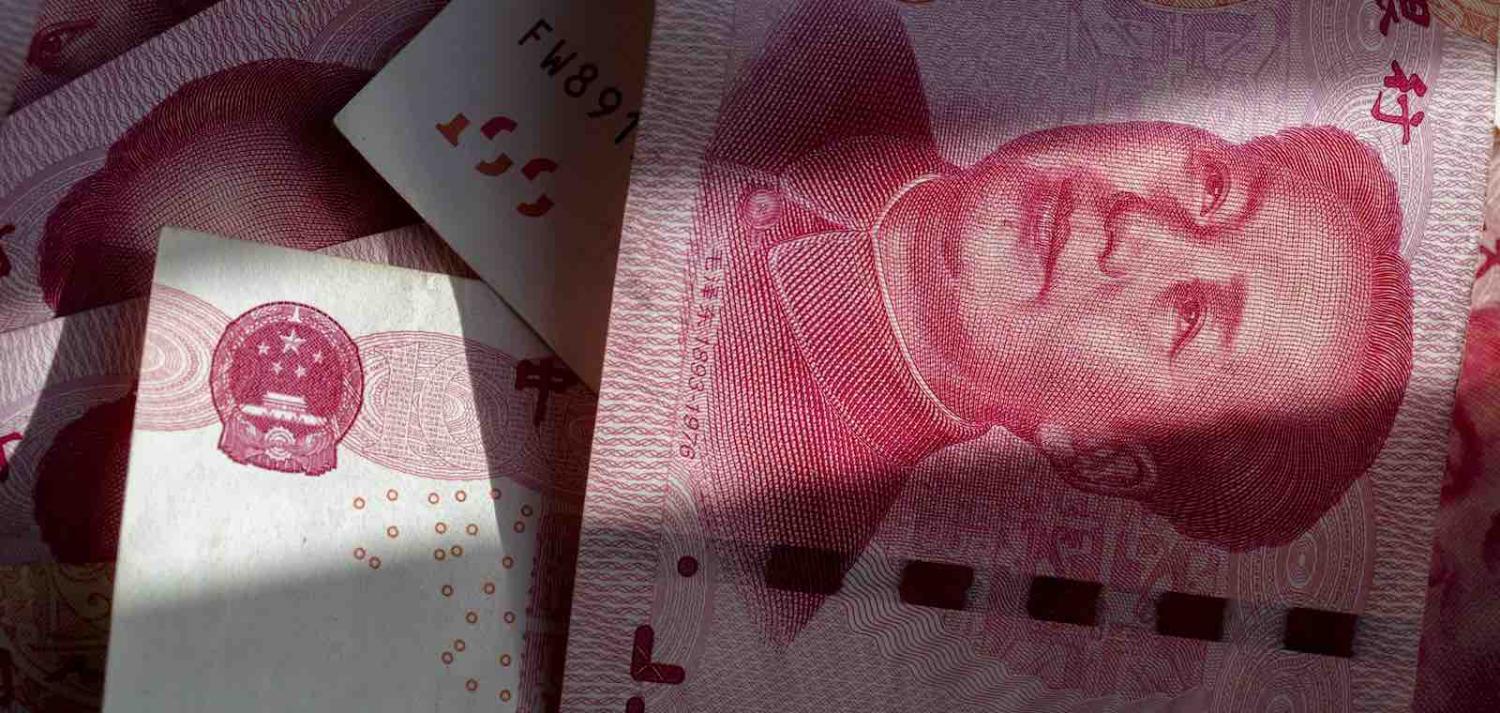Governor of the Reserve Bank of Australia Philip Lowe’s speech last week highlighting the risks to the Chinese financial system from shadow banks – non-bank financial institutions often operating in more lightly regulated wholesale markets – has once again drawn attention to the major economic risk in China.
As Lowe pointed out, most countries with rapid credit growth have a financial crisis and a recession. While China has started to recognise its credit problem and is addressing it, its responses are too late and too slow to avert a crisis. The main debate should be over when, and not if, a Chinese financial crisis will hit.
The official propaganda line from China, echoed by financial market commentators keen to sell Chinese assets to investors, is that it cannot have a financial crisis because of high savings, low foreign debt, and government control over financial institutions. Yet the first two just mean that China’s financial crisis will be driven by domestic markets.
High savings help, but the problem is growing reliance on wholesale funding through the shadow banks. This can be measured by looking at monthly data showing the gap between deposits and loans (including disguised loans). This data shows that the Chinese financial system is still moving towards the danger zone, with a number of examples of panics already evident in China’s controlled system. Government intervention after the event will not stop a recession, as the US found in 2008–09 despite very quick action by then US Reserve chairman Ben Bernanke.
China’s road to a crisis became irreversible in 2015. While the roots of the crisis date to the 2009 stimulus in the wake of the global financial crisis, two events occurred in 2015 that make it politically impossible for Beijing to now take sufficient corrective action.
First, China launched a stimulus in 2015 when it should have let growth ease off. While it is technically not too late to slacken credit growth, the 2015 stimulus means adequate action now requires monetary tightening that would probably slow GDP growth down to 2%, which is not politically acceptable.
This slowdown could have been avoided if China had not undertaken the massive 2015 stimulus. Once confident about China’s economic management, it took me some time to realise just how large the 2015 stimulus was, as Chinese banks and shadow banks began concealing loans on a large scale at that time to avoid regulatory scrutiny.
Second, in 2015, at a major meeting of the Chinese Communist Party, President Xi Jinping elevated achieving annual GDP growth targets of around 6.5% until at least 2020 as a major political objective. Pressure on Chinese economists sceptical of the viability of this goal, together with Xi’s accumulation of personal power, mean that the 6.5% targets cannot be easily questioned within China.
Yet achieving these targets would create sufficient combustible material in the shadow banks to make a crisis just a matter of time. Reintroducing one-man rule in China is not only creating political tensions, but also leading to bad macroeconomic policy.
While China has been blessed with experienced economic policy advisers, I have observed them being sidelined on important issues. After decades of macroeconomic stability, with strong growth and low structural inflation, China now faces something outside its recent experience.
One sign of the difficulty policymakers are having coming to grips with the new situation is the focus on fixing zombie state-owned enterprises (SOEs) as part of the solution to financial risks. While it is a good policy, a close look at the numbers shows that zombie SOEs could not explain anything like the majority of recent credit growth in China. So in practice the focus on zombie SOEs is a distraction from addressing the real problems in shadowy financing vehicles that are quite distinct from SOEs.
Chinese regulators have now begun to recognise some of the real sources of the problem, and that has driven the tighter regulation of shadow banks over the past year. However, the two-year delay between the surge in disguised lending in 2015 and measures to contain it in 2017 shows regulators are dangerously behind the curve.
As the real crisis approaches in a few years, risks will build quickly. They will not have two years to sort out their policies.
The other weakness revealed by the current measures to contain shadow bank risk is still playing out, but should be very clear by next year. The 2017–18 regulatory tightening was, from a macroeconomic perspective, a fairly normal cyclical monetary tightening. When the housing markets weaken in the next few months and GDP growth weakens further, China will do what it always does: start a new monetary stimulus.
That means goodbye regulatory tightening. The 2020 growth target will take precedence over all else. While the current regulatory tightening is welcome, it is cyclical, not structural. The only way out for China is to persist with tighter monetary policy and accept much slower GDP growth. That will not happen in the current political environment. Every time the growth target has been questioned or tested, the government has responded by reaffirming the target and stopping debate on the issue.
So when will the financial crisis occur? The build-up of wholesale funding as reflected in the broad credit-to-deposit ratio for the financial system points to early next decade. The economic and political effects of this crisis, for which Xi himself will be to blame, are something Australia must prepare for.

